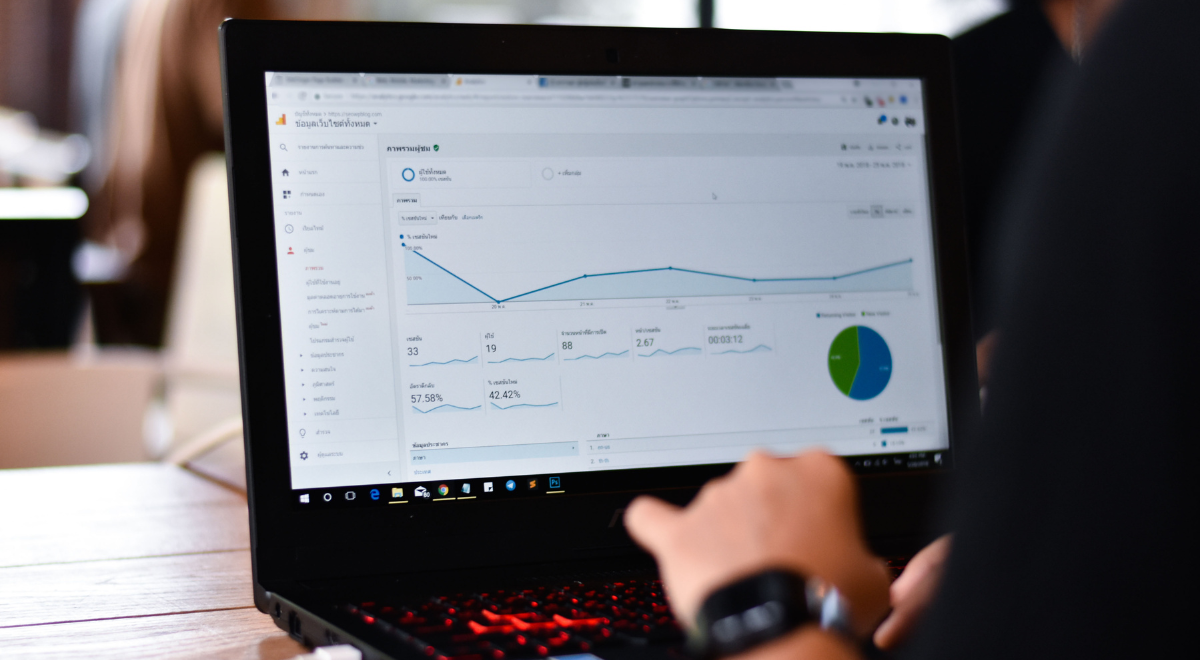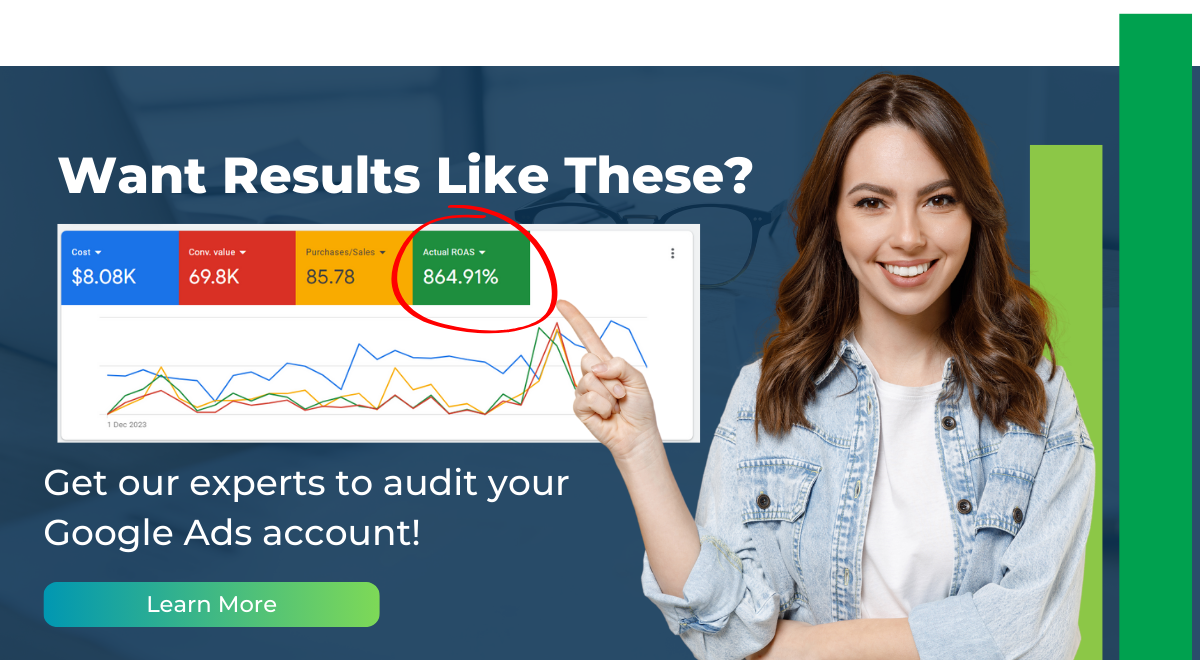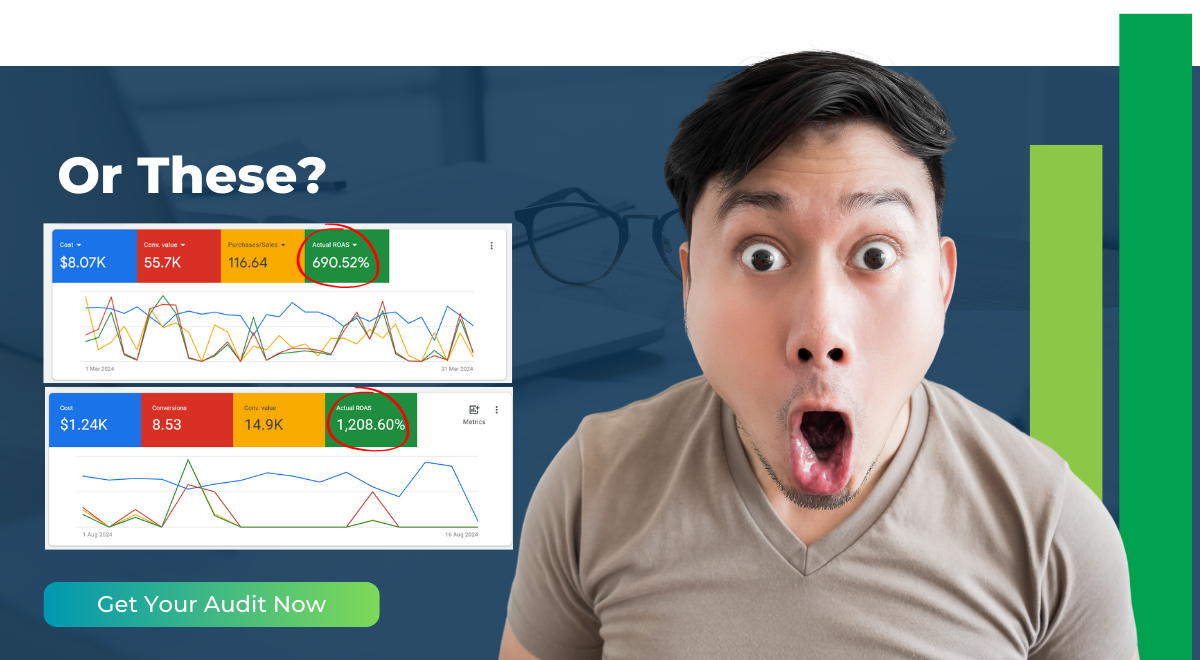Why Google Ads is a Game-Changer for eCommerce
Google Ads can be a goldmine for eCommerce businesses—but only if you get your ad copy and creatives right. It’s not just about throwing some text together and hoping for the best. If your ad doesn’t speak directly to your audience at the right time in their customer journey, you’ll burn through your budget with little to show for it.
In this guide, we’ll walk you through how to craft high-converting Google Ads copy and creatives using smart keyword strategy, audience targeting, and bidding strategy. Plus, we’ll explore how Google Ads Management Services can take the heavy lifting off your plate.
📈 Why Google Ads Matters for eCommerce Success
- Instant Visibility – Get in front of high-intent buyers searching for your products.
- Scalable & Measurable – Control your budget and measure ROI in real-time.
- Targeted Advertising – Reach the right audience based on search intent, demographics, and online behaviour.
- Competitive Edge – Outrank competitors and attract more clicks with optimised campaigns.
⚡ Common Mistakes & Challenges
- Ignoring the customer journey and serving the wrong message at the wrong time.
- Poor keyword strategy leads to wasted ad spend on irrelevant traffic.
- Weak ad copy that fails to engage or persuade potential buyers.
- Bad creatives that don’t grab attention or reinforce the brand.
- Wrong bidding strategies that either overpay for clicks or miss out on conversions.
Now, let’s break down the exact steps to mastering Google Ads for eCommerce.
Chapter 1: Understanding the Customer Journey
Before you write a single word of ad copy, you need to know who you’re speaking to and where they are in their journey. Google Ads lets you target potential customers at different stages:
👁 Awareness Stage
- People are just realising they have a problem but don’t know the solution yet.
- Goal: Educate and grab attention.
- Ad Types: Display Ads, YouTube Ads, Informational Search Ads.
💡 Consideration Stage
- They’re actively looking for a solution.
- Goal: Position your product as the best option.
- Ad Types: Google Shopping Ads, In-Market Search Ads, Retargeting Ads.
✅ Decision Stage
- They’re ready to buy and need a final push.
- Goal: Drive conversions with urgency, discounts, and social proof.
- Ad Types: Google Shopping, Branded Search, Retargeting, Performance Max.
📌 Pro Tip: Crafting ad copy and creatives with these stages in mind leads to higher conversions and lower ad spend.
Chapter 2: Keyword Strategy – The Foundation of High-Converting Ads
Your keyword strategy determines who sees your ads and how relevant they are to search intent. Here’s how to optimise it:
🔍 Find the Right Keywords
- Use tools like Google Keyword Planner to discover high-intent keywords related to your product.
- Focus on commercial and transactional intent rather than just informational searches.
🔧 Group Keywords by Intent
- Avoid mixing broad informational keywords with high-intent purchase ones in the same ad group.
- Example: Don’t put “best yoga mat brands” (research intent) in the same group as “buy premium yoga mat” (purchase intent).
⛔ Use Match Types Smartly
- Broad Match: High reach, but can burn your budget fast.
- Phrase Match: More control over targeting.
- Exact Match: Best for laser-targeted ads.
✅ Negative Keywords Are a Must
- Filter out irrelevant traffic that won’t convert.
- Example: If you sell premium yoga mats, don’t target “cheap yoga mats” unless you’re running a discount campaign.
Chapter 3: Audience Targeting – Get in Front of the Right People
Your ad copy and creatives will only work if the right audience sees them. Google Ads offers powerful audience targeting options:
💡 In-Market Audiences
- People actively searching for products like yours.
📊 Custom Audiences
- Build audiences based on search terms, websites visited, or interests.
🔄 Remarketing
- Target users who have interacted with your website but haven’t converted.
📝 Demographic Targeting
- Filter by age, gender, location, household income, and more.
📌 Example: If you sell high-end watches, targeting high-income individuals with an interest in luxury goods is far more effective than a broad approach.
Chapter 4: Writing Google Ads Copy That Converts
👀 What Makes a Great Google Ads Copy?
Your ad copy needs to be clear, compelling, and action-driven. Here’s the formula for success:
- 📈 Headline (Grabs Attention) – Use numbers, power words, and urgency.
- 📆 Description (Creates Desire) – Highlight the key benefits and address pain points.
- 📣 Call-to-Action (Drives Action) – Tell users exactly what to do next (Buy Now, Get 50% Off, Shop Today).
📌 Example of a High-Converting Google Ad Copy:
🌟 Headline: Premium Yoga Mats – 20% Off Today Only! 📆 Description: Durable, eco-friendly mats designed for ultimate grip and comfort. Free shipping Australia-wide. 📣 CTA: Shop Now →
Chapter 5: Creating Eye-Catching Google Ads Creatives
Google Display and Performance Max campaigns rely heavily on visuals. Here’s what works:
- 📸 Use High-Quality Images – Blurry or poorly lit photos won’t convert.
- 📝 Keep Text Minimal – Let the image do the talking; your copy should be short and sharp.
- 🌈 Consistent Branding – Use colors and fonts that match your website.
- ⚡ Strong CTA Buttons – Make them pop and easy to spot.
Conclusion: Turning Google Ads Into a Profit Machine
Writing Google Ads copy and creatives that convert isn’t just about catchy headlines. It’s about:
- Understanding the customer journey
- Using a solid keyword strategy
- Smart audience targeting
- Crafting persuasive ad copy
- Leveraging eye-catching creatives
📢 Ready to maximise your ROI with Google Ads? If you want better results without the hassle, outsourcing to a Google Ads Management Service could be the key to unlocking your success.



